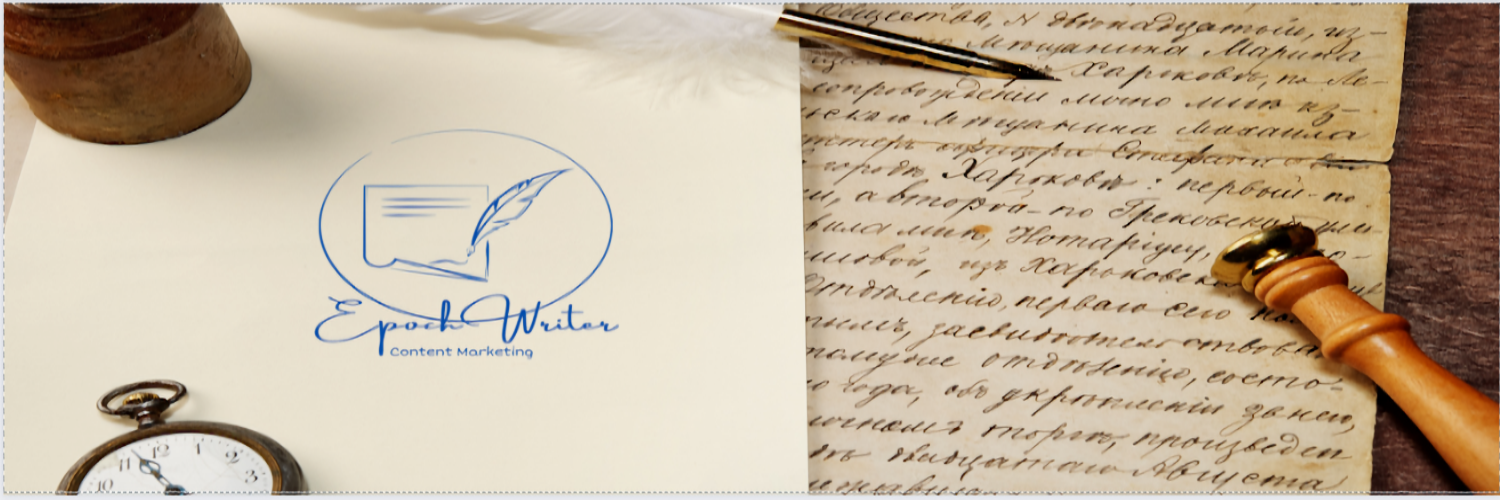A Guide to Beating High Interest Rates: Choosing the Right Mortgage or Loan

With interest rates increasing, you must be even more careful about choosing the right mortgage or loan. Gone are the days of finding mortgage interest rates at 3 percent – for now, anyway. You've probably heard about shopping for a loan, but many people don't shop too hard because they want a specific bank or are afraid of damaging their credit report by applying to more than one bank or mortgage broker. However, the Fair Isaac Corporation (FICO) states that if you apply for several mortgages within 30 days of one another, they do not affect your FICO score. Thus, in most cases, multiple credit inquiries for mortgages count as one.
Why Apply with More than One Lender
To find out if you are getting the best deal, you need to compare offers. It's easier to do this if you can put all of the good faith estimates next to each other and compare them. You can compare fees, interest rates, and other differences in closing costs. Some items, such as title searches, title insurance, appraisals, inspections and surveys, are required by the lender. In some cases, you can choose the vendor, and in others, the lender chooses the vendor.
You can compare the price of the lender-chosen vendors. Fifty dollars here and $50 there adds up.
Additionally, once you receive a good faith estimate with the interest rates, you can compare loan savings for each loan using a mortgage calculator to determine which loan best fits paying extra or taking the loan out for less time.
You Need Just One Pre-Approval Letter
When you start shopping for a home, you should have a pre-approval letter. This lets the seller know that you are serious about your offer. If you and another person put in an offer, the seller will most likely choose the buyer with the pre-approval letter, even if that buyer offered less than you.
You only need one pre-approval letter that shows how much you can afford and that at least one bank is willing to finance you. Once you find a house and put in an offer, you can apply to several banks and mortgage brokers to find the best loan. You should apply for mortgages with at least three different banks or mortgage brokers.
Comparing Annual Percentage Rates and Interest Rates
When comparing loans, be sure to compare annual percentage rates (APR) and interest rates. The APR is the mortgage interest rate plus points, fees and other charges the lender might add. This is the total cost of the loan.
On the other hand, the interest rate is what you pay each year for borrowing money. Since you pay most of the other items upfront, you are more concerned with the interest rate. However, don't make the mistake of ignoring the APR – one loan may have a lower APR because the lender has fewer or lower fees, but it could have a higher interest rate.
When reviewing loan estimates, you'll find the interest rate on Page 1 under "Loan Terms" and the APR on Page 3 under "Comparisons." You should compare both numbers.
Adjustable and Fixed Mortgages
When comparing rates, compare adjustable mortgages against adjustable mortgages and fixed mortgages against fixed mortgages first. Choose the best adjustable rate loan and the best fixed rate loan, then compare the two.
When comparing an adjustable rate, you must know which index the bank uses to adjust the loan, the base rate, and, if applicable, the maximum rate. Because an adjustable loan could have very little adjustment during a good economy and the interest rate could even lower, it is hard to compare the two to find out which is best.
If the economy starts to tank, the adjustable rate could increase significantly, and what looked like the better deal could turn out to be the deal that costs you thousands or even tens of thousands more in interest.
When Adjustable Rate Loans are Better
If you plan on paying off the loan in a short time – 10 or 15 years or less – an adjustable rate in a good economy could benefit you, especially if the indexes decrease. However, if you plan on keeping your loan for the full term, a fixed rate will almost always be better as no one can tell what the economy is going to do 10, 20 or 30 years down the road.
Adjustable rate loans are also good for investment properties that you are going to fix and flip. Just be sure that the lender doesn't have a pre-payment penalty.
Lock in Rates After Comparing
Once you choose the best loan for you, lock in the rate with that lender. While you can lock rates in with more than one lender, it is not advisable and not considered good practice. It takes time and money to underwrite loans, and if you cancel at the last minute, the lender is out of that money.
Because interest rates are rising, finding a loan with the best interest rate is more important than ever before. You will have more options if you have a credit score of 725 or higher.




















